end-tidal co2 monitoring non intubated patients
Although commonly used in intubated patients receiving mechanical ventilation this technique is sometimes used in non-intubated patients. 9 10 Sidestream measurement has been the most common type of ETCO 2 measurement modality in Canadian facilities even as a number of new innovative and ultraportable mainstream capnography devices are becoming available.
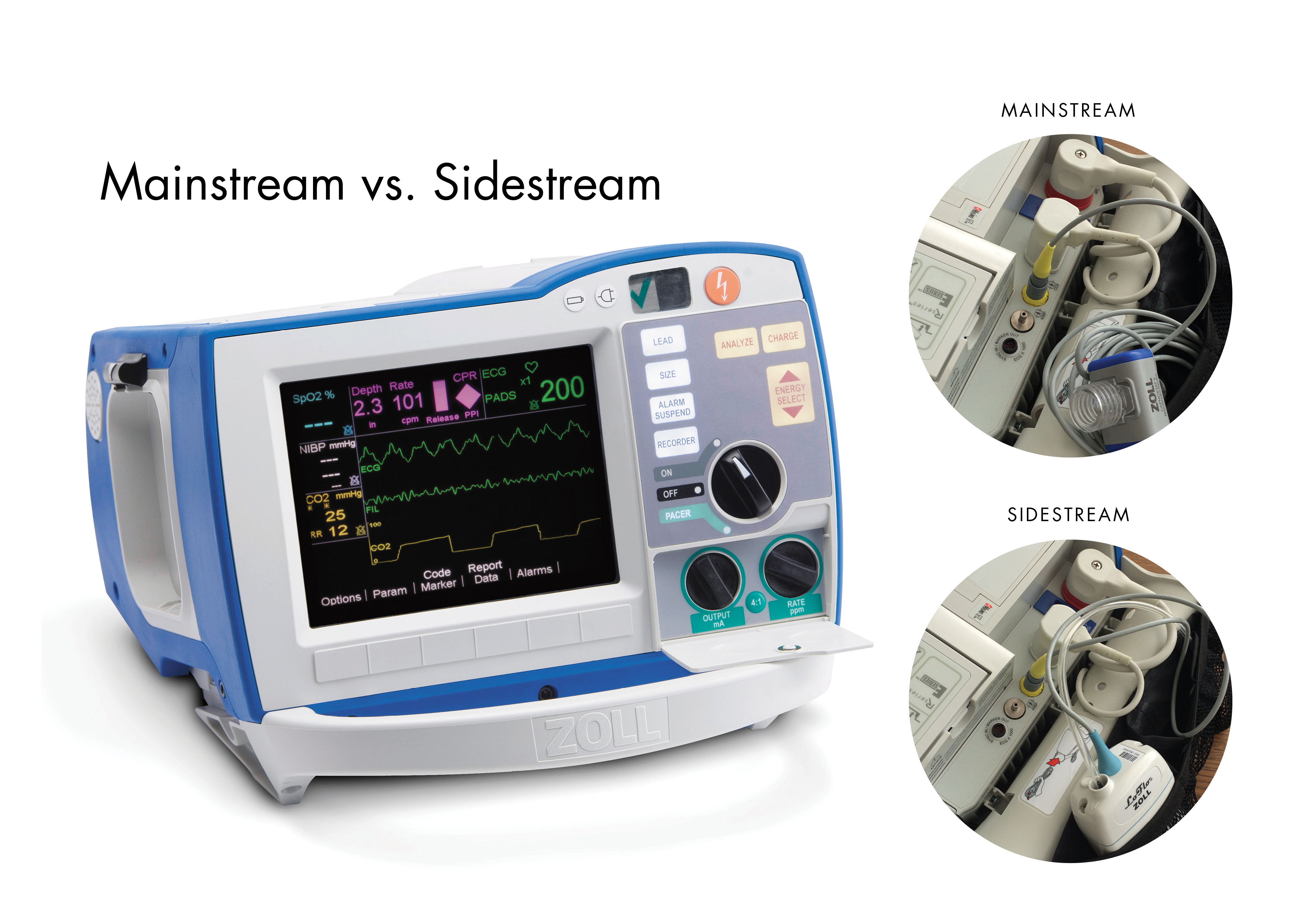
R Series End Tidal Carbon Dioxide Etco2 Zoll Medical
End tidal carbon dioxide monitoring in spontaneously breathing nonintubated patients.
. These options use the same connector on the. An increase in etCO2 by 5 appears to have reasonable sensitivity 71-91 and specificity 94-100 for fluid responsiveness in two studies of patients breathing passively on the ventilator. Since problems with lungs are not common and gas exchange between alveoli and.
Although the standard of care in ETC02 is well established for intubated patients there has been little emphasis on the use of capnography in nonintubated patients till now. An apparatus and method of using an end-tidal gas value taken from an non-intubated patient that includes measuring a plurality of gas concentration values determining an end-tidal gas value from the gas concentration values and reporting the end-tidal gas value for a breath as the greater of either. It is best to get an ABG along side the end tidal to calculate the patients shunt.
End-tidal carbon dioxide monitoring refers to the noninvasive measurement of exhaled carbon dioxide and is most useful when applied directly to patient care. Revision 5750 or higher support two End Tidal Carbon Dioxide EtCO 2 monitoring options for the continuous measurement of respiratory carbon dioxide CO 2 and respiration rate. Position during transport capnography can provide qualitative and quantitative.
Measuring End Tidal CO2 Daltons Law. The presence of a normal waveform denotes a patent airway and spontaneous breathing. The microstream capnometer provides a more accurate end tidal CO2 partial pressure measurement in nonintubated spontaneously breathing patients than conventional sidestream capnometers.
Garnett AR Ornato JP Gonzalez ER Johnson EB. End-tidal CO2 may be useful here as an easily and immediately measurable index of changes in cardiac output. Norm al EtCO2 levels 46 to 60 kPa signify adequate perfusion.
Sidestream devices can monitor both intubated and non-intubated patients while mainstream devices are most often limited to intubated patients. End tidal CO 2 monitoring is represented as a number and a graph on a monitor. The R Series system is indicated for the continuous noninvasive monitoring of end tidal carbon dioxide EtCO2 and respiration rate in patients requiring ventilator support in-hospital transport or anesthesia.
Waveform and end -tidal carbon dioxide EtCO2 values. ETCO 2 monitoring for non-intubated spontaneously breathing patients was achieved through the nasal cannula device. Be connected to the adapter for monitoring non-intubated patients.
End-tidal carbon dioxide monitoring during cardiopulmonary resuscitation. The normal values are 5 to 6 CO2 which is equivalent to 35-45 mmHg. In intubated patients it helps prevent hyperover-ventilation.
End-Tidal CO2 ETCO2 monitoring is valuable in the management of traumatic brain injury TBI. Capnography can be used to assess unresponsive patients ranging from those are actively seizing to victims of chemical terrorism. In non-intubated patients p.
A clinical comparison between conventional sidestream and microstream capnometers. In addition to confirming the placement of the endotracheal tube and monitoring the tube. EtCO2 Monitoring is indicated for in patients from newborn neonate to adult.
Sheak KR Wiebe DJ Leary M et al. A Capno2mask is also available for use with non. Quantitative relationship between end-tidal carbon dioxide and CPR quality during both in-hospital and out-of-hospital cardiac arrest.
Capnographic waveform analysis presents several advantages in that it is effort-independent and provides continuous monitoring of normal tid. The use of end-tidal capnography to monitor non-intubated patients presenting with acute exacerbation of asthma in the emergency department. A a maximum gas concentration values observed during such a breath or.
Expiratory air from the patient was sampled by the set and streamed to the monitor where the ETCO 2 reading and capnograph were displayed.

Figure 1 From Superiority Of Transcutaneous Co2 Over End Tidal Co2 Measurement For Monitoring Respiratory Failure In Nonintubated Patients A Pilot Study Semantic Scholar
End Tidal Co2 Monitor Etco2 Capnography

A Systematic Approach To Capnography Waveforms Jems Ems Emergency Medical Services Training Paramedic Emt News
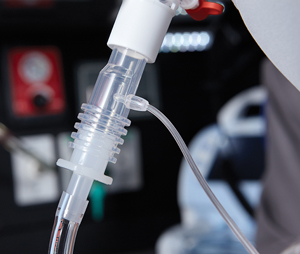
3 Things To Know About Capnography And Advanced Airways Capnoacademy Capnoacademy

Nonin Respsense Ii Etco2 Monitor Respiratory Monitoring
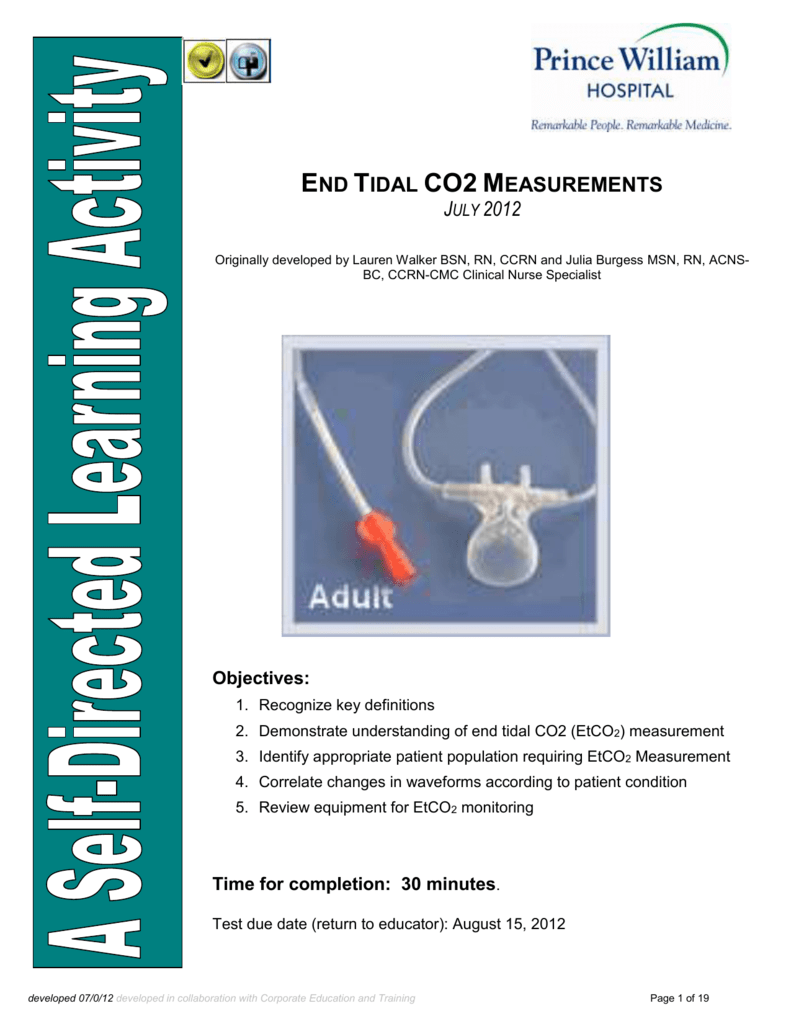
1 Which Patient Would Be A Good Candidate For Etco2 Monitoring

Medtronic Physician Patient Alliance For Health Safety

How To Read And Interpret Capnography Waveforms Infinium Medical

Monitoring Capnography Helps Prevent Respiratory Complications Daic

A Systematic Approach To Capnography Waveforms Rt
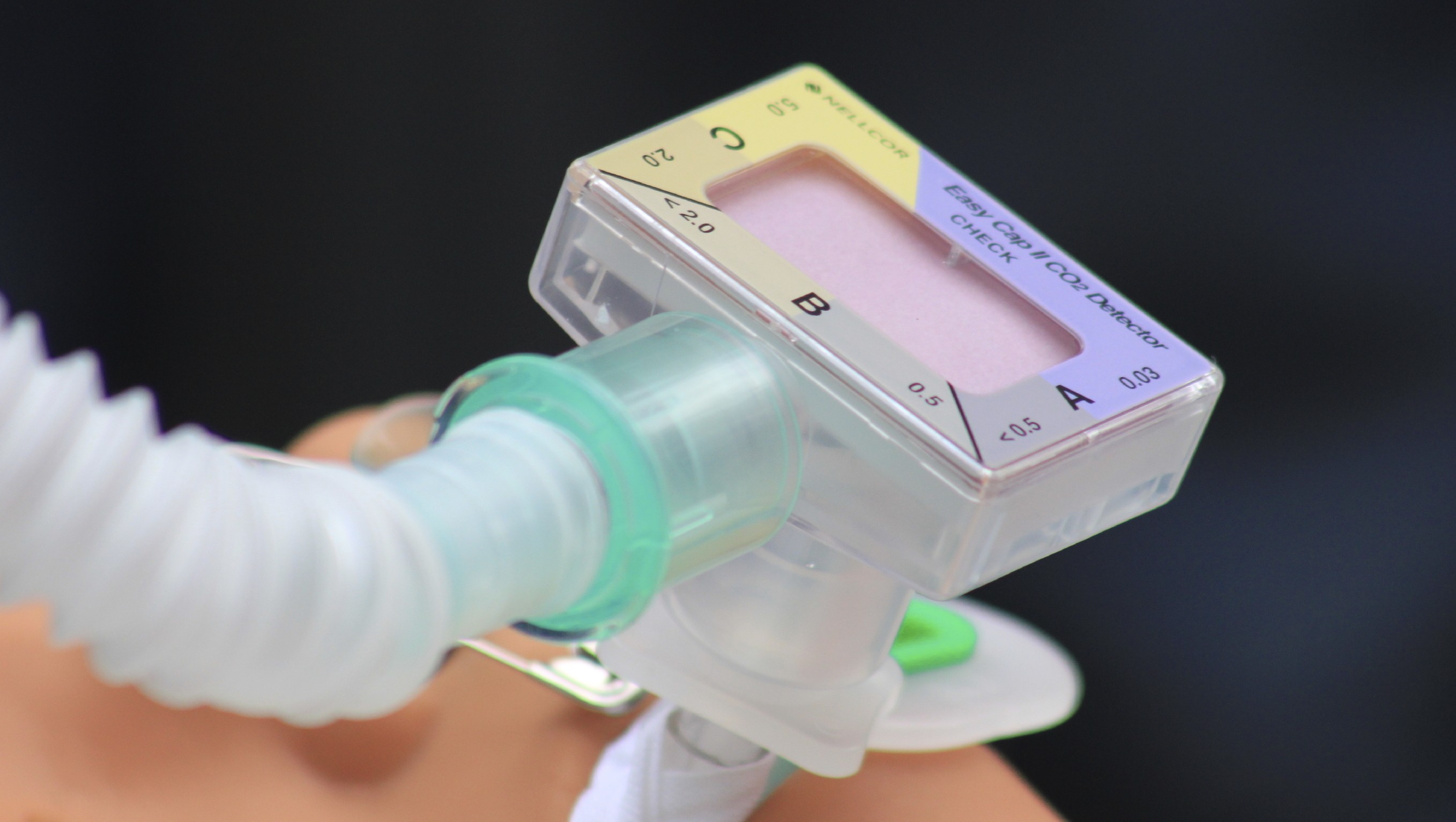
Using Capnography To Determine Intervention Capnoacademy Capnoacademy

The Critical Role Of Capnography Bound Tree
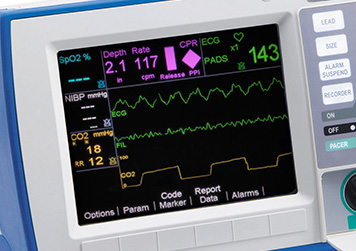
End Tidal Co2 Etco2 Capnography For R Series Zoll Medical

Critical Care Etco2 Oximeter Nonin Lifesense Etco2 Monitor

Handheld Etco2 End Tidal Co2 Monitor For Patient Monitoring Co2 Spo2 China Capnography Monitor Handle Patient Monitor Made In China Com

24 Hours Trend Palm Mini End Tidal Co2 Digital Monitor Etco2 Co2 Monitor Sports Outdoors
End Tidal Co2 Monitors Infinium Medical

Capno 101 How Does Capnography Work Capnoacademy Capnoacademy
